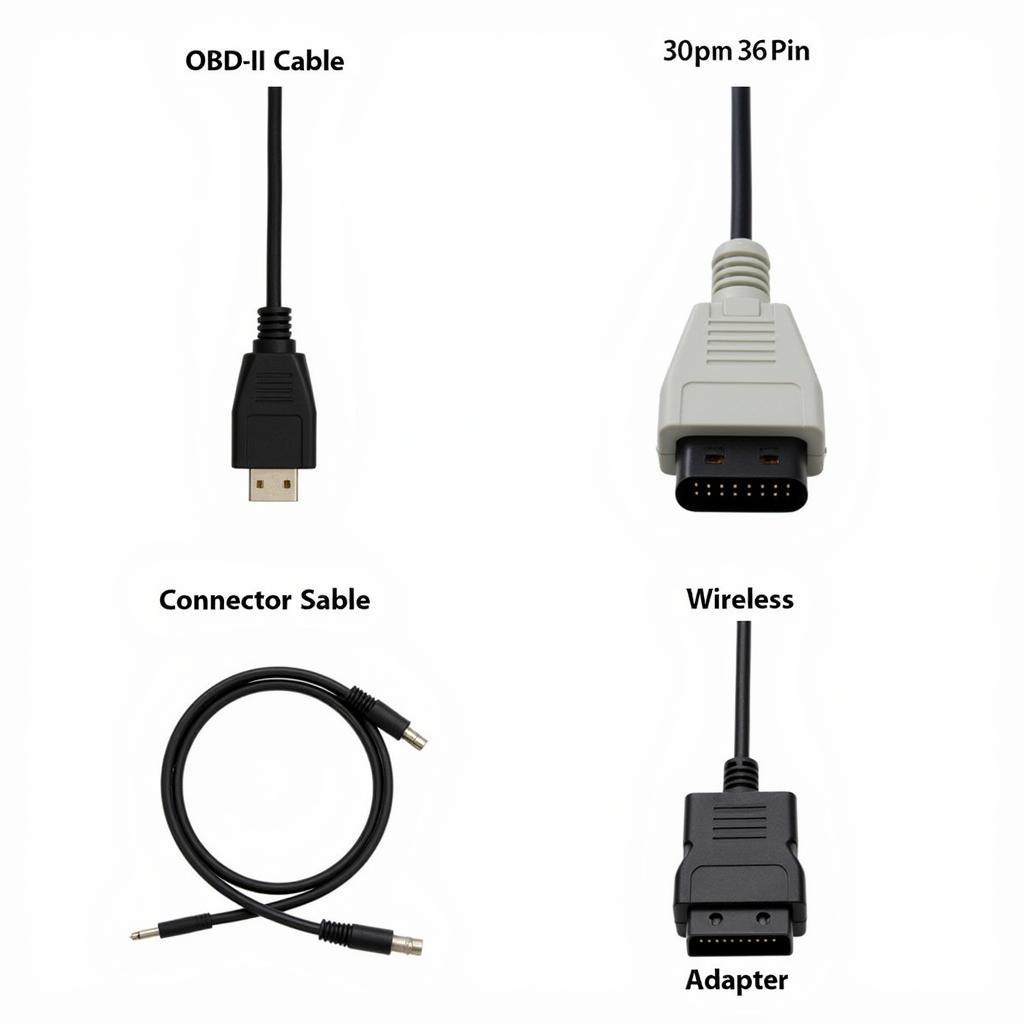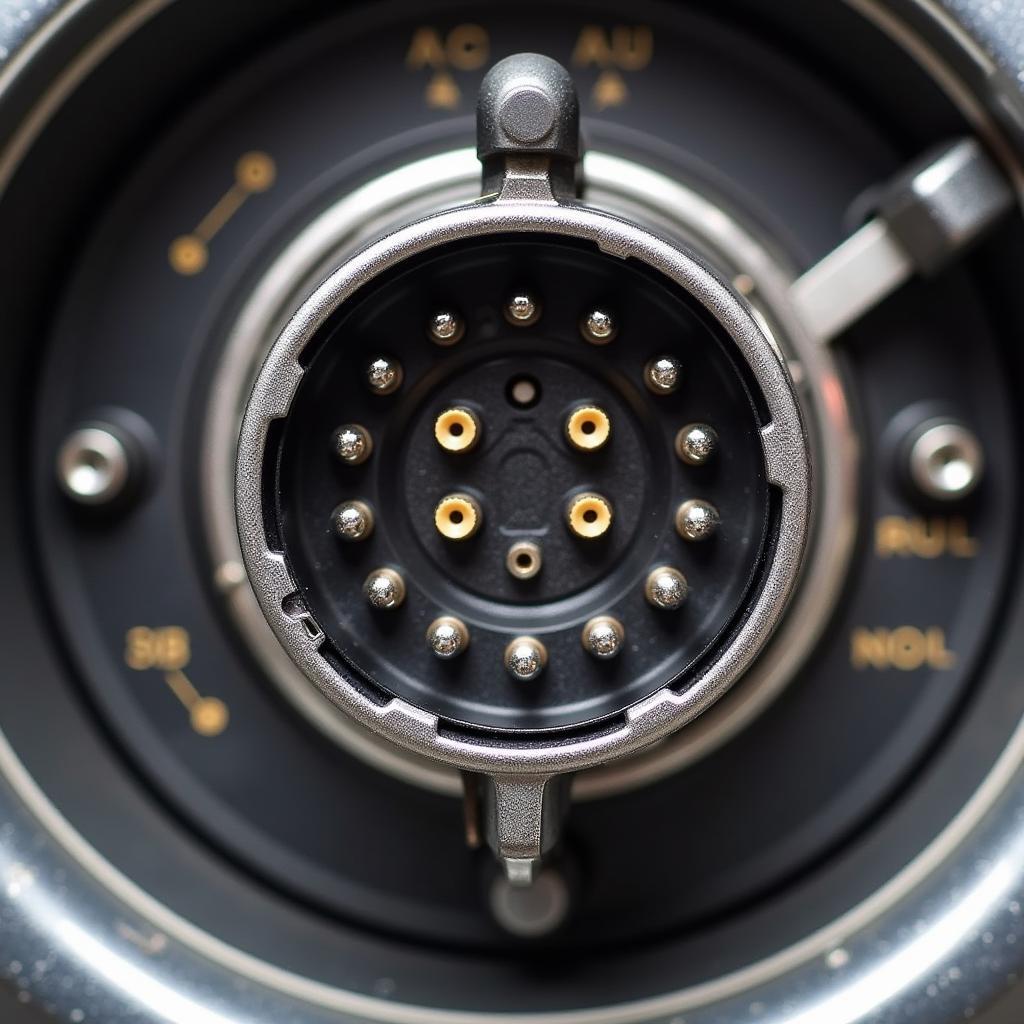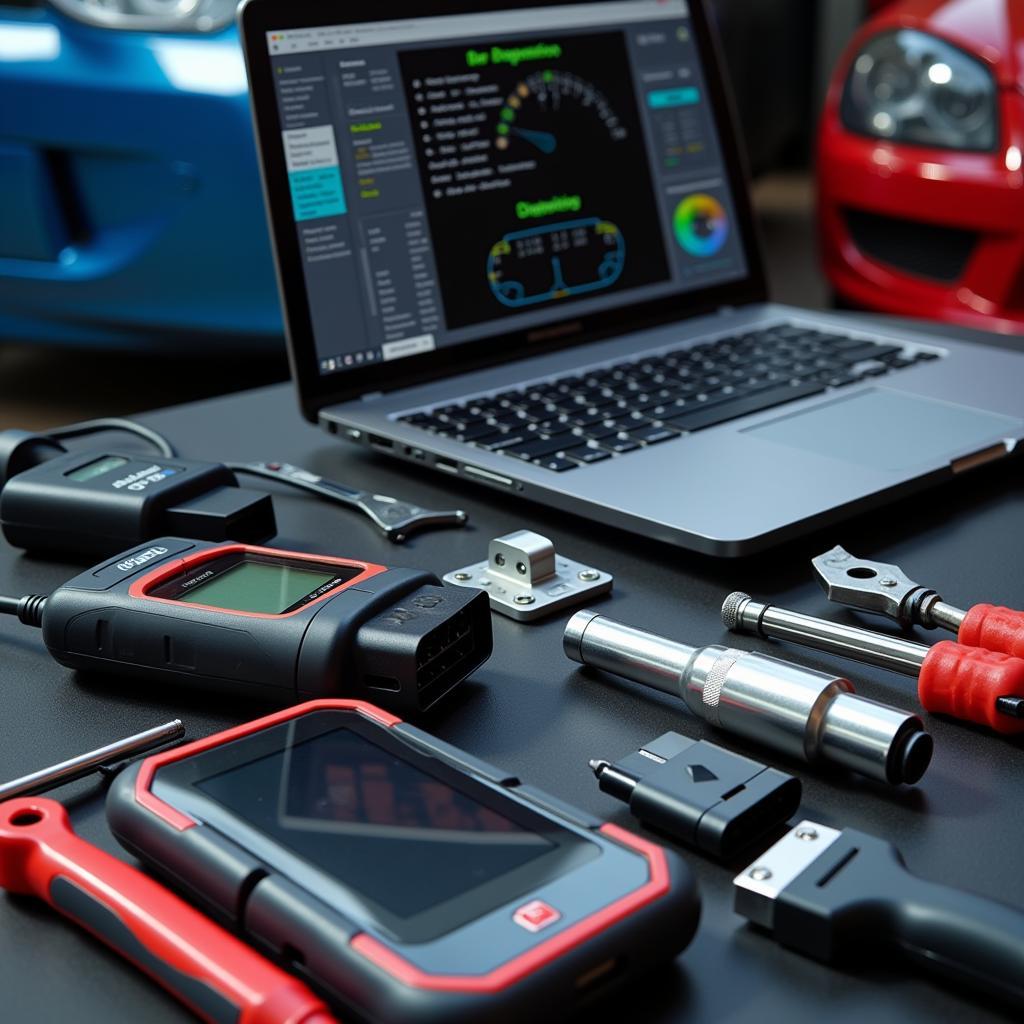
Types of Diagnostic Cables for Mercedes Benz
Diagnostic cables are essential tools for any Mercedes Benz owner or mechanic. Whether you’re troubleshooting a check engine light or performing advanced diagnostics, the right cable can save you time and money. This guide provides a comprehensive overview of diagnostic cables for Mercedes Benz cars, covering everything from basic OBD-II scanners to specialized Mercedes-specific tools.
Understanding the Need for Diagnostic Cables
Modern Mercedes Benz vehicles are complex machines with intricate electronic systems. When a problem arises, pinpointing the source can be challenging without the right tools. Diagnostic cables provide the interface between your car’s onboard computer and a diagnostic tool, allowing you to read and interpret fault codes, monitor live data, and perform various tests.
Types of Diagnostic Cables for Mercedes Benz
Choosing the correct diagnostic cable depends on the age of your Mercedes and the depth of diagnostics you intend to perform. Here are some common types:
- OBD-II Cables: These cables are compatible with most Mercedes Benz models manufactured after 1996. They connect to the standardized OBD-II port and are used with generic OBD-II scanners. While useful for basic diagnostics, they may not provide access to all Mercedes-specific systems.
- Mercedes-Specific Cables: For more comprehensive diagnostics, you’ll need a cable designed specifically for Mercedes Benz. These cables often connect to the 38-pin diagnostic port found on older models or utilize specialized software for newer models.
- Wireless Adapters: Modern wireless adapters connect to the OBD-II port and communicate with your smartphone or tablet via Bluetooth or Wi-Fi. These offer convenience and portability, allowing you to perform diagnostics anywhere.
 Types of Diagnostic Cables for Mercedes Benz
Types of Diagnostic Cables for Mercedes Benz
Choosing the Right Diagnostic Cable for Your Mercedes
Several factors influence the choice of a diagnostic cable. Consider the following:
- Model Year: Older Mercedes models often require different cables than newer ones.
- Diagnostic Needs: Basic code reading requires a simpler cable than advanced programming or coding.
- Software Compatibility: Ensure the cable is compatible with the diagnostic software you intend to use.
Key Features to Look For
- Build Quality: A durable cable will withstand regular use and provide a reliable connection.
- Chipset: A high-quality chipset ensures accurate and consistent communication.
- Software Support: Choose a cable supported by reputable diagnostic software.
Using Diagnostic Cables Effectively
Connecting the cable is typically straightforward. Locate the diagnostic port on your Mercedes (usually under the dashboard or in the engine bay), plug in the cable, and connect the other end to your diagnostic tool or computer. Remember to consult your car’s owner’s manual or the cable’s instructions for specific guidance.
Troubleshooting Common Issues
- Connection Problems: Ensure the cable is securely connected and the ignition is on.
- Software Errors: Check for software updates or compatibility issues.
- Inaccurate Readings: A faulty cable or incorrect connection can lead to inaccurate data.
“A high-quality diagnostic cable is a worthwhile investment for any Mercedes Benz owner,” says John Miller, Senior Automotive Technician at German Auto Solutions. “It empowers you to diagnose problems accurately and avoid unnecessary trips to the mechanic.”
Diagnostic Cables for Specific Mercedes Benz Models
While general-purpose cables work for many models, some Mercedes Benz vehicles may require specific cables or adapters. Researching your specific model and year will ensure compatibility.
 Mercedes Benz 38-pin Diagnostic Port
Mercedes Benz 38-pin Diagnostic Port
“Having the right diagnostic tools can significantly reduce diagnostic time and improve accuracy,” adds Maria Sanchez, Lead Diagnostic Technician at EuroCar Diagnostics. “This translates to faster repairs and lower costs in the long run.”
Conclusion
Diagnostic cables for Mercedes Benz cars are invaluable tools for anyone looking to understand and maintain their vehicle. By understanding the different types of cables available and choosing the right one for your specific needs, you can empower yourself to diagnose problems effectively and keep your Mercedes running smoothly. Remember to choose a high-quality cable and compatible software for the best results.
FAQ
- What is the difference between an OBD-II cable and a Mercedes-specific cable? OBD-II cables are general-purpose and work with most cars after 1996. Mercedes-specific cables offer more in-depth diagnostics and may be required for older models.
- Where can I find the diagnostic port on my Mercedes Benz? It’s typically located under the dashboard or in the engine bay. Consult your owner’s manual for the exact location.
- What software do I need to use with a diagnostic cable? There are various diagnostic software options available, both free and paid. Ensure compatibility with your cable and operating system.
- Can I use a wireless adapter with my Mercedes? Yes, many wireless adapters are compatible with Mercedes Benz vehicles.
- What should I do if I’m having trouble connecting the cable? Check the connections, ensure the ignition is on, and verify software compatibility.
- How do I interpret fault codes? Diagnostic software usually provides descriptions of fault codes. You can also find resources online.
- Are diagnostic cables difficult to use? Most are quite user-friendly. Refer to the instructions provided with your cable and software.
Need further assistance with car diagnostics? Contact us via WhatsApp: +1(641)206-8880, or Email: [email protected]. Our 24/7 customer support team is ready to help.

